Beyond the Frame 49/
Thailand’s Ghosts in Masks (Phi Ta Khon) festival. Which cameras are most popular with readers? Invitation to an AI panel discussion.
Phi Ta Khon 2
We’re returning to north-east Thailand for the second part of the Phi Ta Khon (Ghosts in Masks) festival. Part One is in Beyond the Frame 46/.
As well as the elaborately-decorated masks made from palm leaf sheaths and coconut tree husks, a Phi Ta Khon carries a wooden weapon. Often these are unmistakably phallic, with a thrusting, hinged end controlled by a trigger.
In Asia, such representations are common and whilst they sometimes prompt an embarrassed giggle, they’re considered to be solemn fertility symbols. At least, that’s the version my Thai “fixer” was trying to sell me before she ran away in a fit of hysterical laughter, chased by an energetic Phi Ta Khon wielding an impressive… weapon? I’ve not seen her since.
After the street parade, the ghosts and their followers assemble at the Wat Phon Chai temple, where the revelry continues with even greater enthusiasm.
It’s at this point that two giant Phi Ta Khon Yai appear. Twice the size of an adult, they are unmistakably male and female. I’m told that one must obtain permission from a ghost in order to be a Phi Ta Khon Yai.
At the end of the festival, the garish costumes are dropped into the river to float away, carrying any bad karma with them.
This isn’t my video but it gives a sense of the mood during Phi Ta Khon.
These ladies were sitting on a wall outside the temple. I don’t know what they found so amusing but I suspect it was the sort of joke one wouldn’t repeat in polite company.
When their turn came to join the dancing, things became a lot more serious. This lady was 92 but was still throwing impressive shapes.
It’s exhausting being a ghost in a mask, dancing in the street and poking your phallic stick at people for hours on end.
Inside the temple
Whilst the revelry continues outside the temple, the Buddhist monks are confined to their quarters, forbidden from joining the mischief. They take up seats as spectators beside the freshly-painted, wooden-framed windows.
The dark interior, illuminated only by sunlight shining through the doors and windows, provides attractive lighting for candid portraits.
Fireworks
The final part of the great merit-making festival is Boon Bang Fai (the rocket festival).
The words “Rocket Festival” might bring to mind the carefully-orchestrated New Year’s Eve firework displays in cities like Sydney and London. Boon Bang Fai is very different.
It’s a Rocket Festival that takes place in the bright daylight of a Thai afternoon. Forget about explosive bursts of colour, as far as Boon Bang Fai is concerned, bigger is most definitely better.
The Rocket Man arrives on a moped with a home-made sidecar carrying rockets of various sizes. After an assembly process which is not so much “Health and Safety” as it is “Hope and Smoke”, rockets are carried up a bamboo ladder and ignited.
The rockets explode upward, rising and rising and rising until they disappear into the clouds.
Here’s another example of a spinning Thai rocket. I’m particularly impressed by the man who remains to spin the wheel after the rocket has ignited. The surprise ending is worth waiting for.
After the final rocket has headed heavenward, festival-goers congregate in town, where street food vendors alternate between serving customers and dancing the night away.
At dusk, the light fades but the party continues and the ghostly masked revellers dance on.
Phi Ta Khon is a wonderful example of the best of Thai festivals. It’s endlessly playful, the non-stop music is hypnotic, it’s enormously friendly and accommodating to visitors.
It perfectly encapsulates “Sanuk”, the Thai word for fun that also suggests something that is light-hearted and done with a sense of gleeful freedom. In Thailand, there’s little point in doing anything if it can’t be done with Sanuk. Phi Ta Khon is Sanuk mak (so much fun).
Beyond the Frame Readers’ Cameras
Thank you to the hundreds of you who responded to my invitation to tell me what cameras you’re using. The results will help me prioritise the profiles for my upcoming Kodachrome emulation.
Some of the results surprised me. Nikon and Fujifilm users together account for more than half of responses. I expected Fujifilm cameras to be popular but would not have predicted that twice as many of you use Nikon as use Canon cameras.
I also thought Sony cameras would be more popular but twice as many of you own Olympus models.
It’s a relatively small sample but interesting that the results don’t mirror the manufacturers’ global sales figures. Perhaps people who are sufficiently interested in photography to want to read about it are more likely to buy Fujifilm and Nikon cameras? Whereas more Canon users might not claim photography as a main hobby and many are simply buying cameras based on brand familiarity?
Reasons for purchase
I was also interested to read the reasons given for choosing a particular model. Many of you choose cameras based on intended use: landscape, travel, portraits, etc. Street photography was a popular genre, which pleases me. More than one reader mentioned “Multiple exposures”, which I’m intrigued by. One reader is using an infrared Nikon D90. We need to see pictures!
More readers mentioned weight as a deciding factor than mentioned cost, which might reflect a demographic of mature readers suffering from bad backs! Finally, I’ve found my tribe.
One proud owner of a Sony A7IV (you know who you are), said they chose the Sony because it “Kicks ass”. Well, we don’t approve of animal cruelty at Beyond the Frame so please stop kicking the donkeys. Weirdo.
Thank you again to readers who responded. It’s really useful information.
AI follow-up
The conversation about Artificial Intelligence controversies prompted more comments, messages and emails than I’d anticipated. So far, nobody’s raised their hand as an advocate for AI; at least, not in terms of AI-generated “photography”.
I’m looking forward to a panel discussion on “The Intersection of AI and Visual Storytelling” hosted by the Social Documentary Network as part of their Visual Storytelling Festival, which takes place next week.
The impressive panel line-up includes the head of visuals at Rest of World, a Leica marketing guru, the Head of Advocacy and Education for the Content Authenticity Initiative, a well-known American editorial photographer, and the Global Editor for Reuters Pictures.
“This panel will explore the intersection of AI and visual storytelling. It will examine how software designers, equipment manufacturers, and media organisations are teaming up to create new standards and protocols to protect the integrity and authenticity of images used across the internet, in broadcast, and in print.” — SDN
The panel is free to attend on Zoom.
Tuesday, 25th March, 1:30 pm Eastern Time
Click the button below to register.
It promises to be a useful conversation and I’m interested to get some insights into how photography industry experts are approaching the challenge of verifying authentic images.
Additional Resources for Women
And finally, two supplements to the list of resources I posted on International Women’s Day in Beyond the Frame 45/.
Somehow I overlooked the International Women’s Media Foundation
“As one of the largest supporters of women-produced journalism, our transformative work strengthens equal opportunity and press freedom worldwide.”
There’s a wealth of invaluable information on the IWMF website, including opportunities for female and non-binary journalists to undertake hostile environment training, emergency funds and assistance, and advice for how to protect against online harassment.
I also neglected to mention the Canon Female Journalist Grant, which has a history of rewarding outstanding female photojournalists.
If you are a female photojournalist, it’s well worth submitting a dossier for consideration. Even if you’re not selected as a recipient, the process of compiling a submission can be a really useful exercise.
The deadline for submissions is 21st May, 2025 and the entry conditions can be downloaded here.
I leave you with a final picture from Phi Ta Khon. A recent survey revealed exactly 50% of this household would approve this photo for publication. Oops! 😬
Until next time, go well.
Directory: Beyond the Frame newsletter archive.
Resources: Recommended books, films, gear, media etc.
Beyond the Frame 48/
The giggling kids of Annapurna.
What camera do you use?
More AI controversies.
Nemone Lethbridge, a feminist icon.



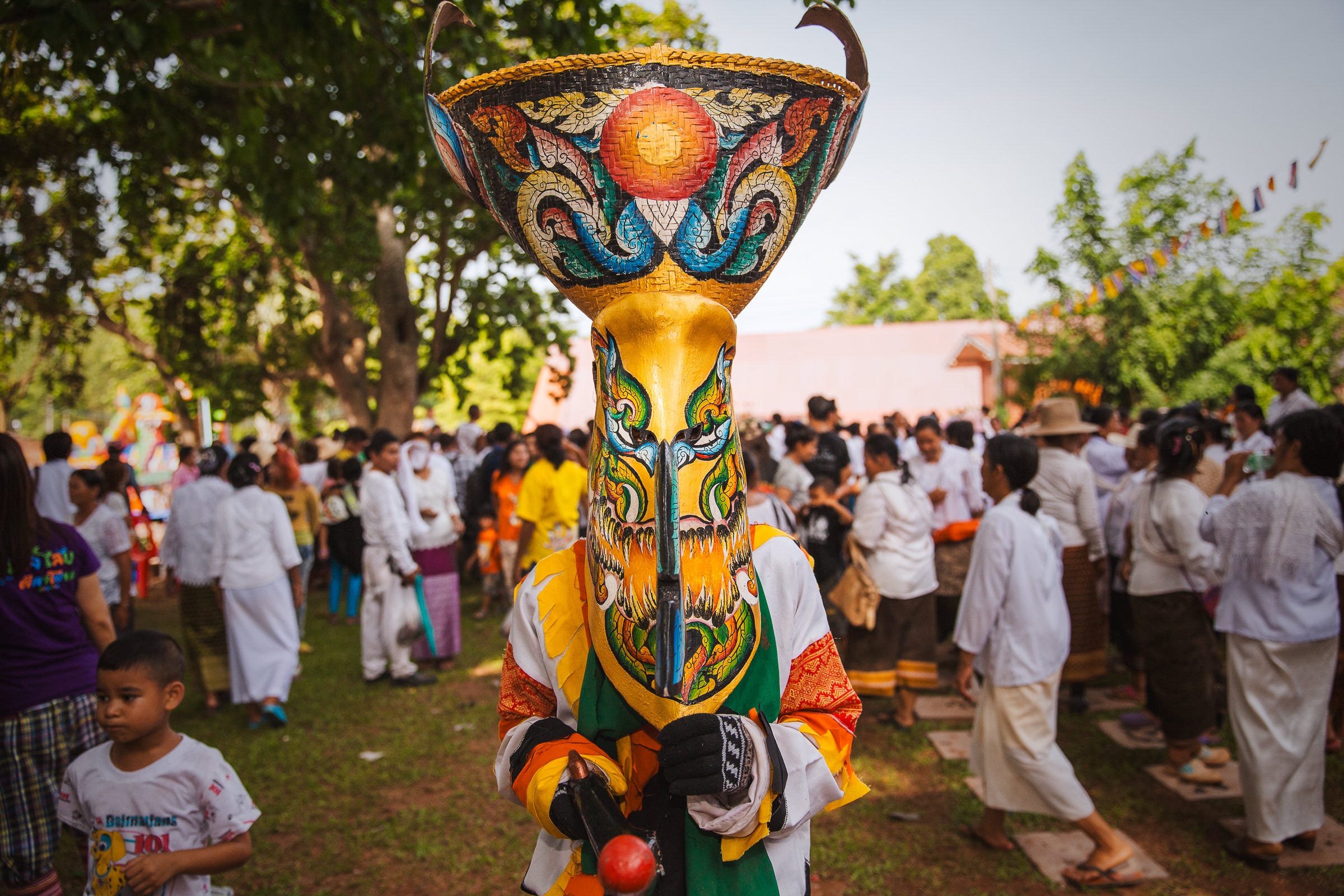






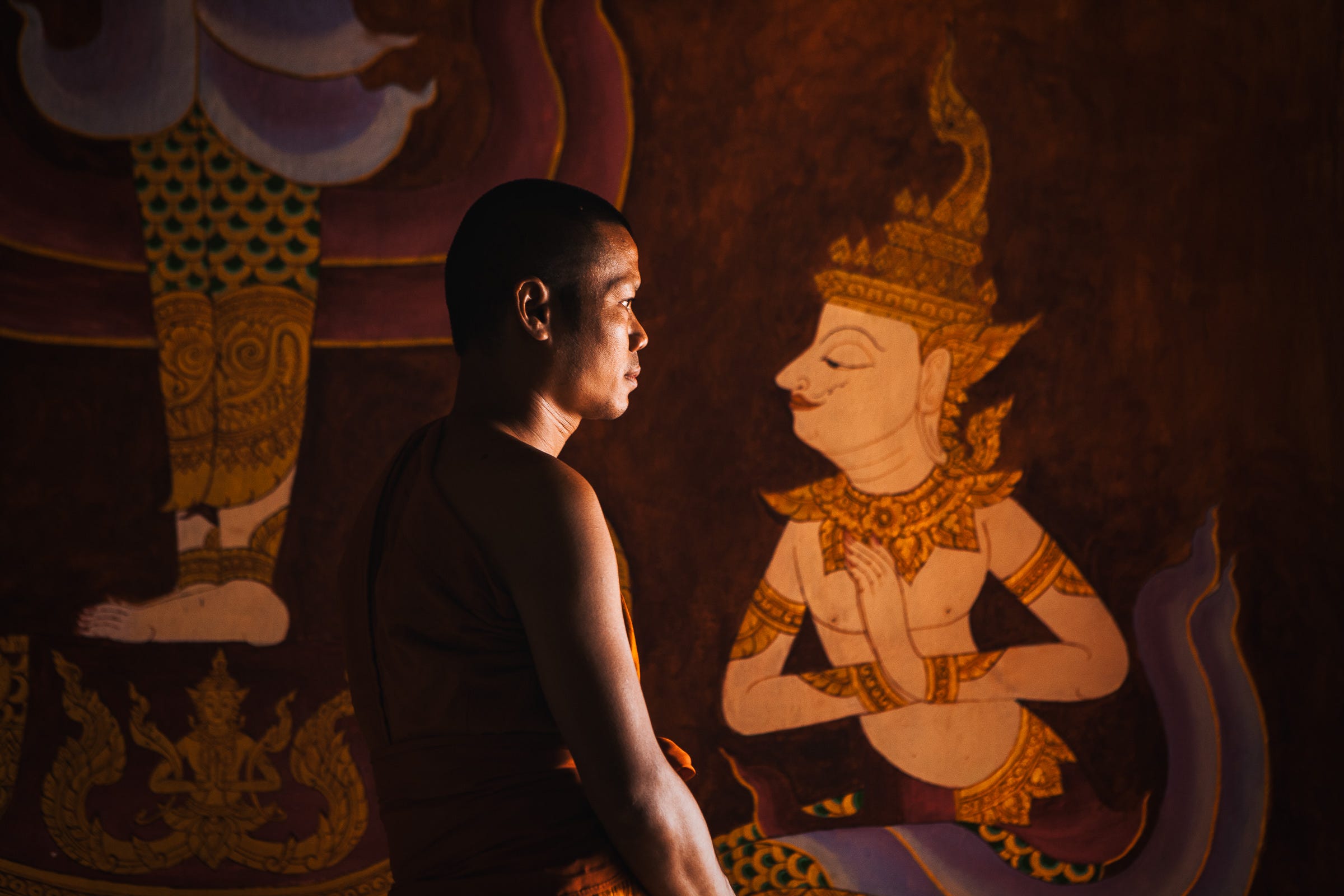

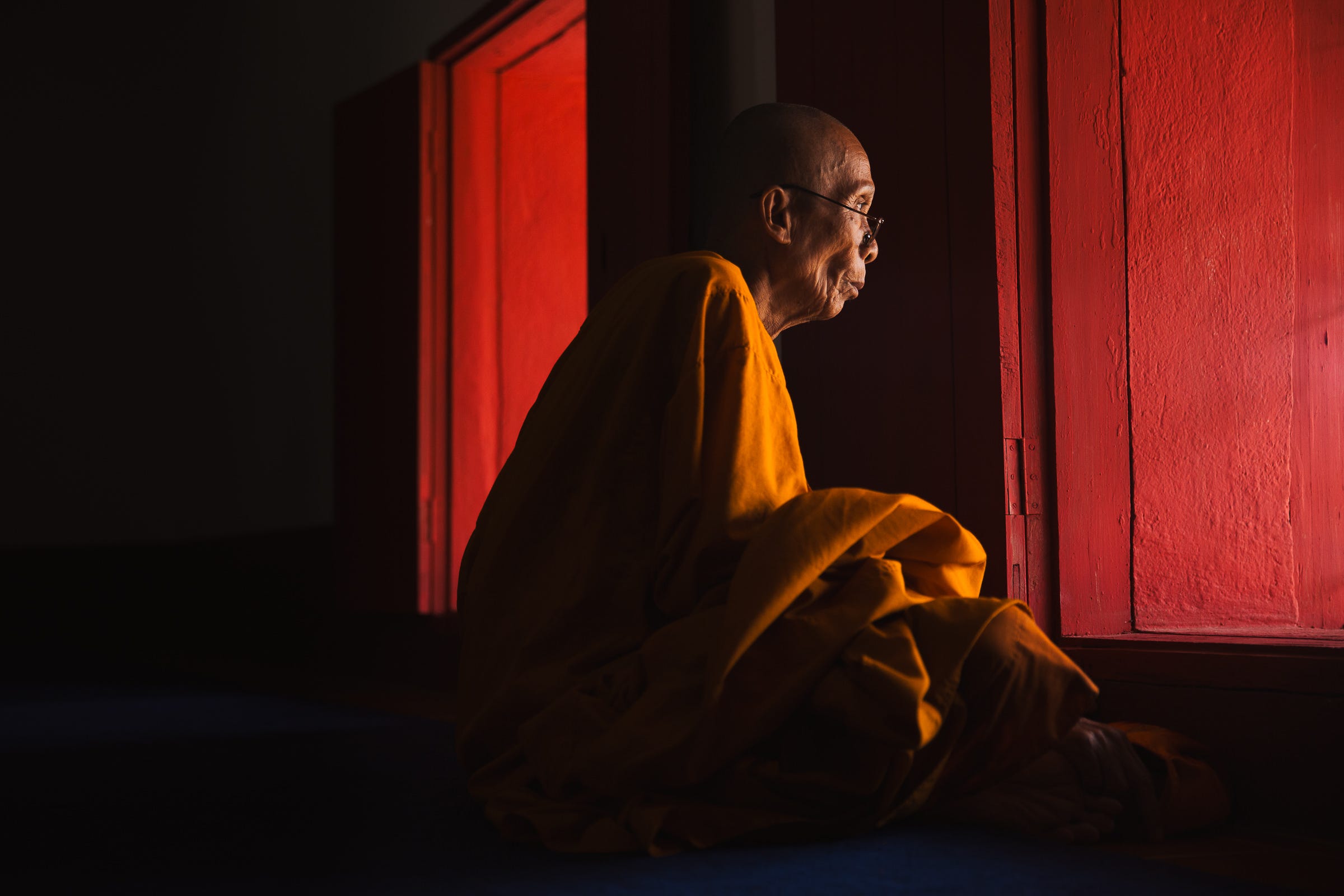

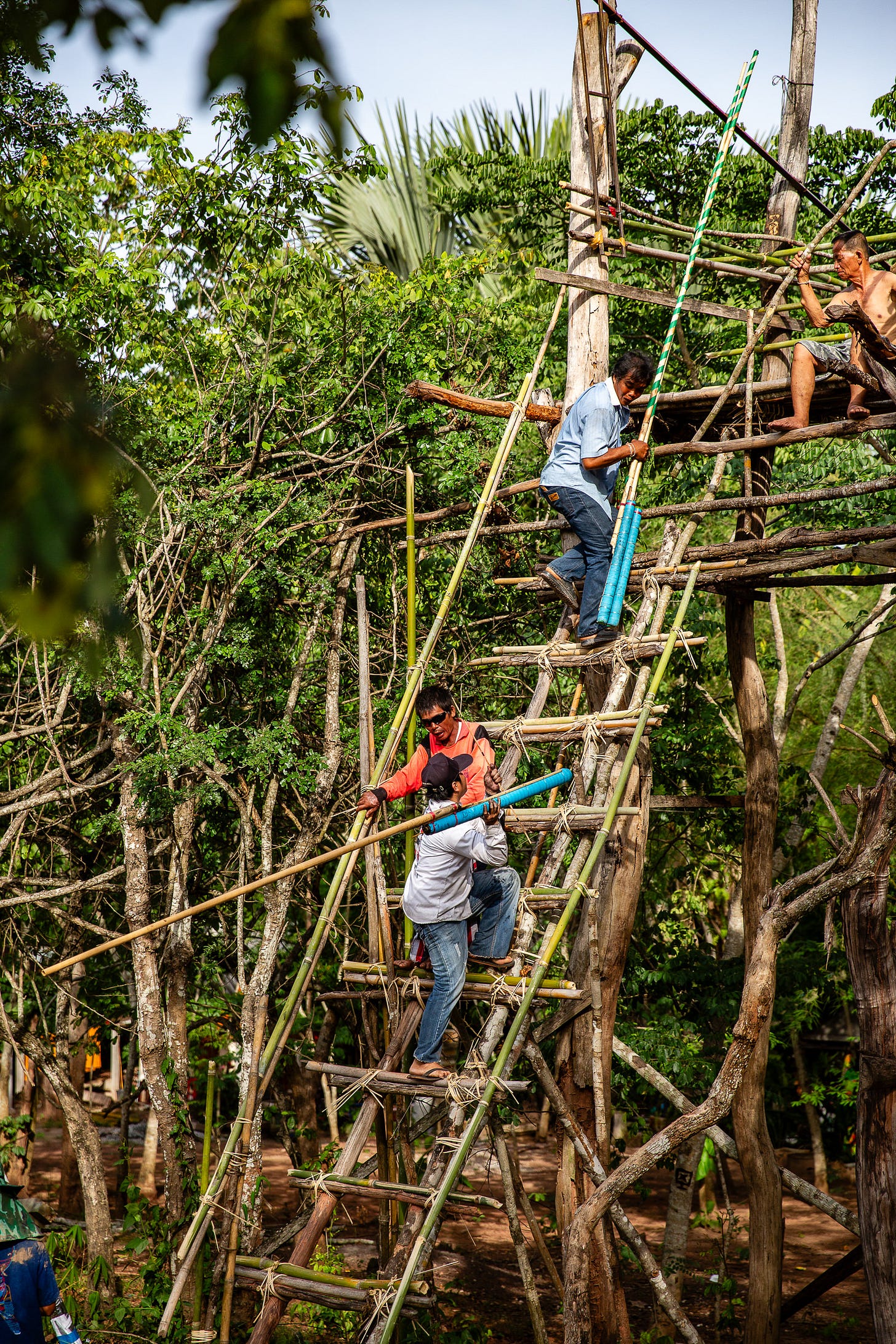
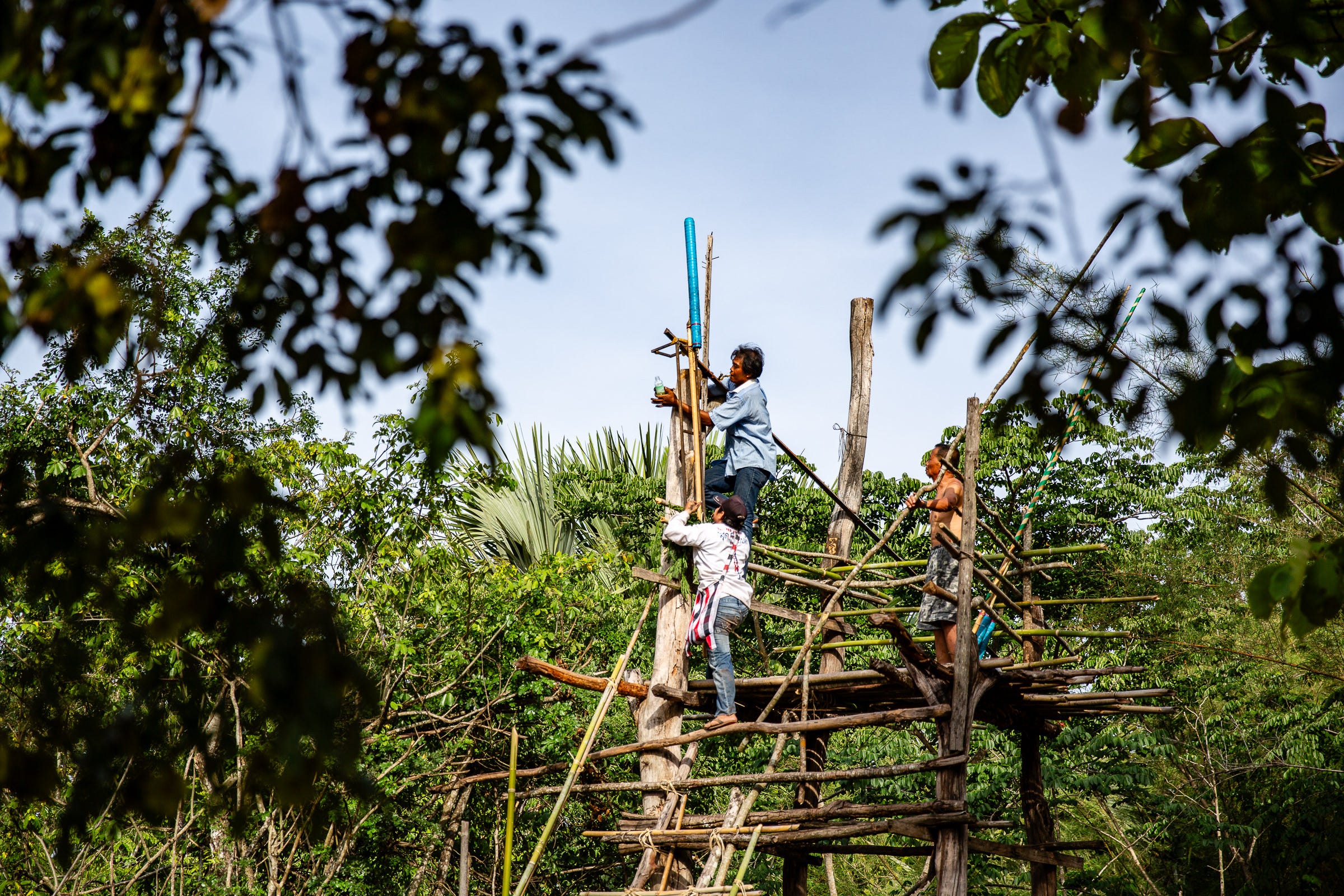


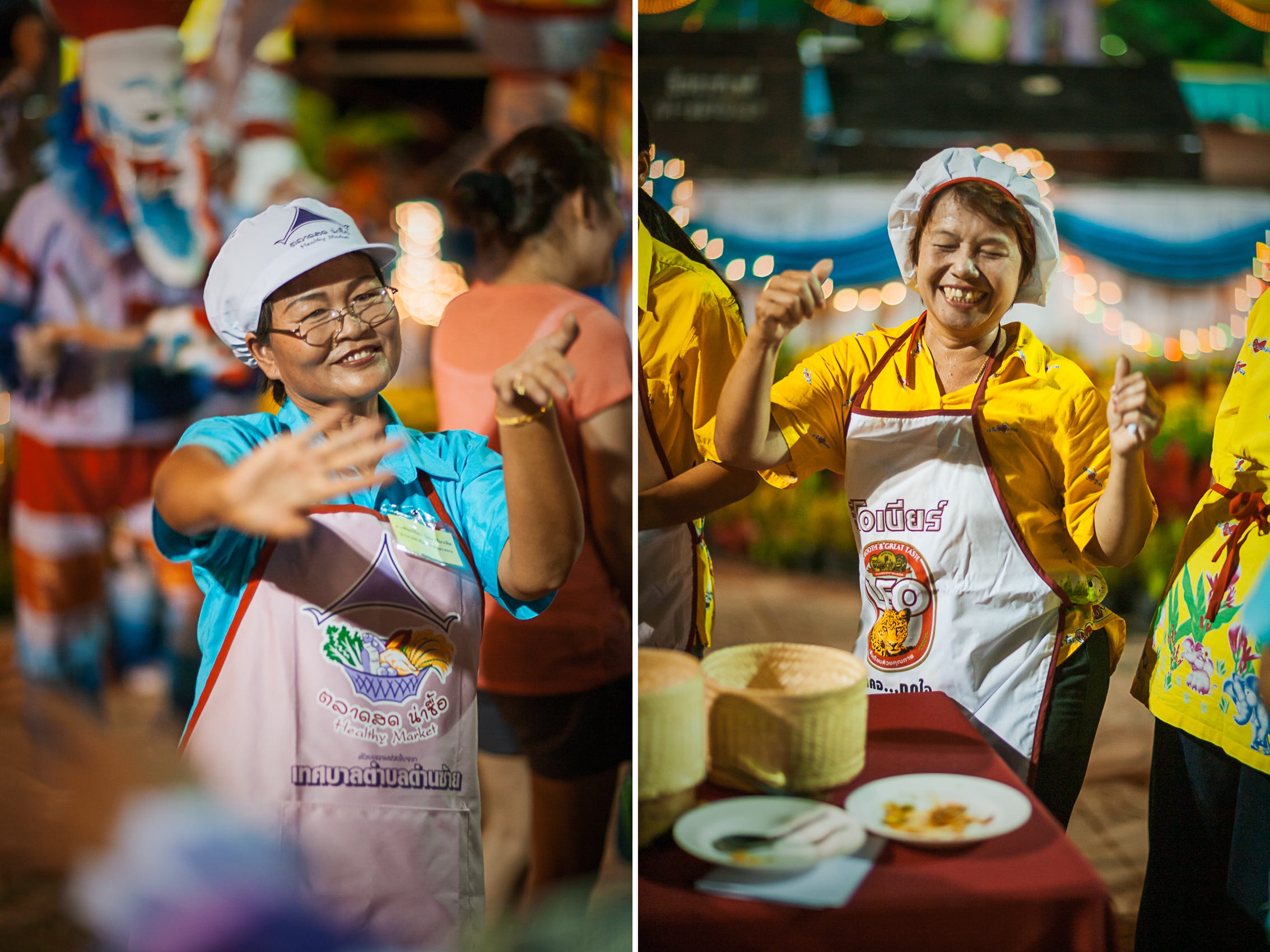
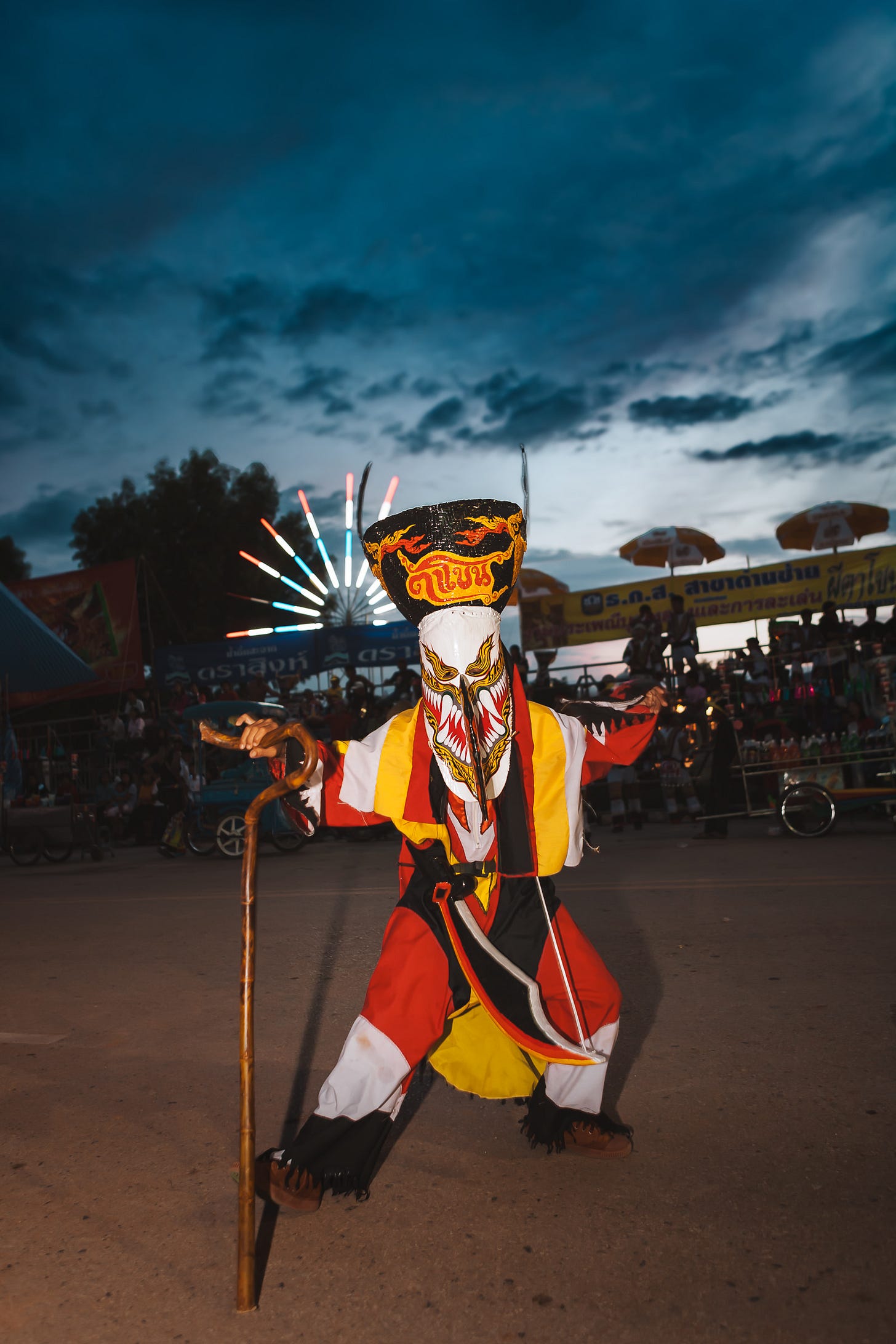
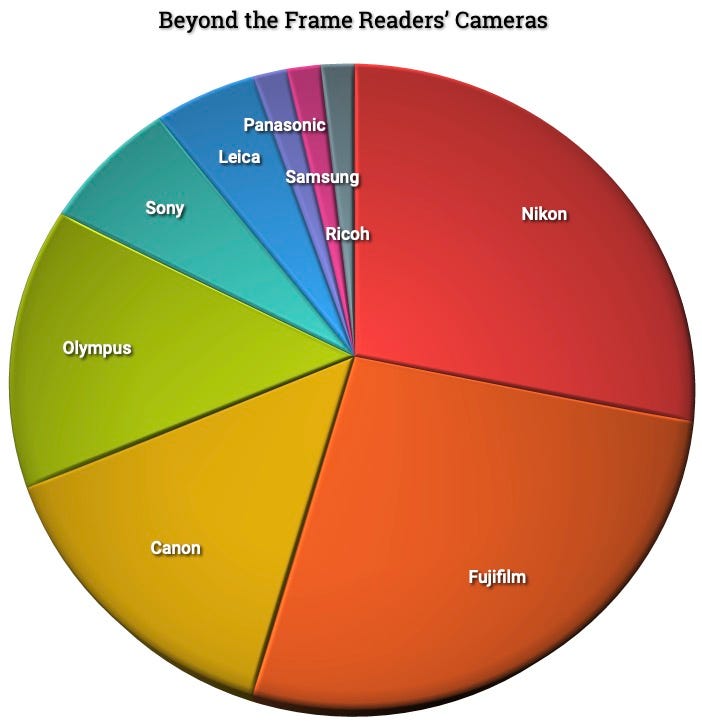

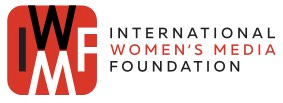
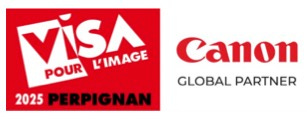


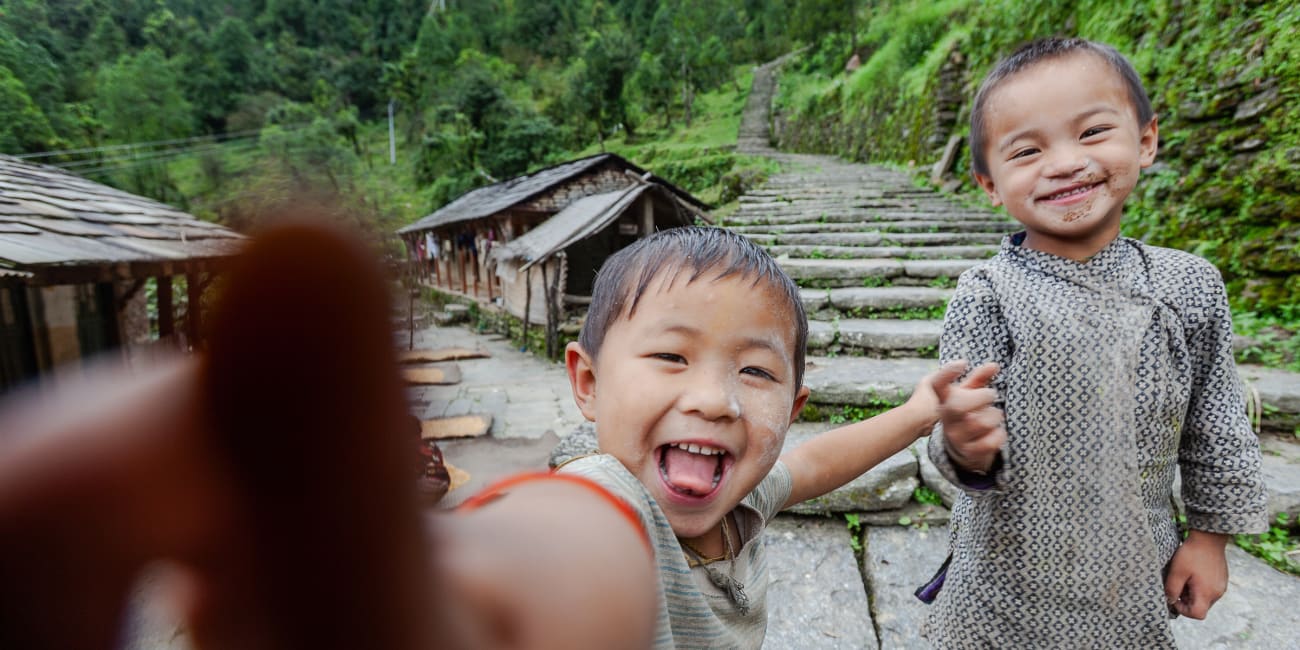
No shortage of enchantment from the lens of Gavin Gough, to stir our hearts. Here in the West,
winter is departing and spring will hopefully be unfolding with new growth and new possibilities,
in the days ahead.
Always great to be in receipt of Gavin's warm and welcoming images, keeping hope and harmony alive in our hearts.
Joel in Toronto, Canada
Great articles and great pictures as usual. As far as cameras are concerned I always remember "feu" our common friend Jack Kurtz and his decision to drop his heavy Canon gear for Olympus (and later on Fuji, when Olympus sold its camera business to OM).
Now that I also own one camera of each brand - and being an unapologetic JPEG shoiter) I understand his decision better.